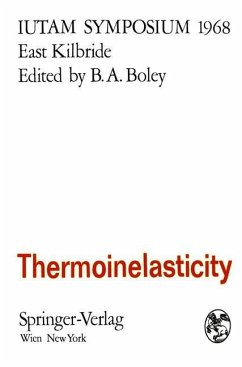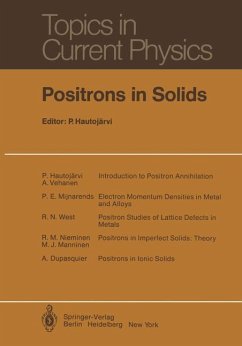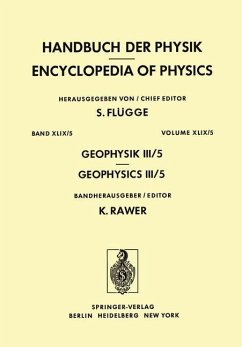
Explosive Welding, Forming and Compaction

PAYBACK Punkte
20 °P sammeln!
The last two decades have seen a steady and impressive development, and eventual industrial acceptance, of the high energy-rate manufact turing techniques based on the utilisation of energy available in an explo sive charge. Not only has it become economically viable to fabricate complex shapes and integrally bonded composites-which otherwise might not have been obtainable easily, if at all-but also a source of reasonably cheap energy and uniquely simple techniques, that often dispense with heavy equipment, have been made available to the engineer and applied scientist. The consolidation of th...
The last two decades have seen a steady and impressive development, and eventual industrial acceptance, of the high energy-rate manufact turing techniques based on the utilisation of energy available in an explo sive charge. Not only has it become economically viable to fabricate complex shapes and integrally bonded composites-which otherwise might not have been obtainable easily, if at all-but also a source of reasonably cheap energy and uniquely simple techniques, that often dispense with heavy equipment, have been made available to the engineer and applied scientist. The consolidation of theoretical knowledge and practical experience which we have witnessed in this area of activity in the last few years, combined with the growing industrial interest in the explosive forming, welding and compacting processes, makes it possible and also opportune to present, at this stage, an in-depth review of the state of the art. This book is a compendium of monographic contributions, each one of which represents a particular theoretical or industrial facet of the explosive operations. The contributions come from a number of practising engineers and scientists who seek to establish the present state of knowledge in the areas of the formation and propagation of shock and stress waves in metals, their metallurgical effects, and the methods of experimental assessment of these phenomena.














